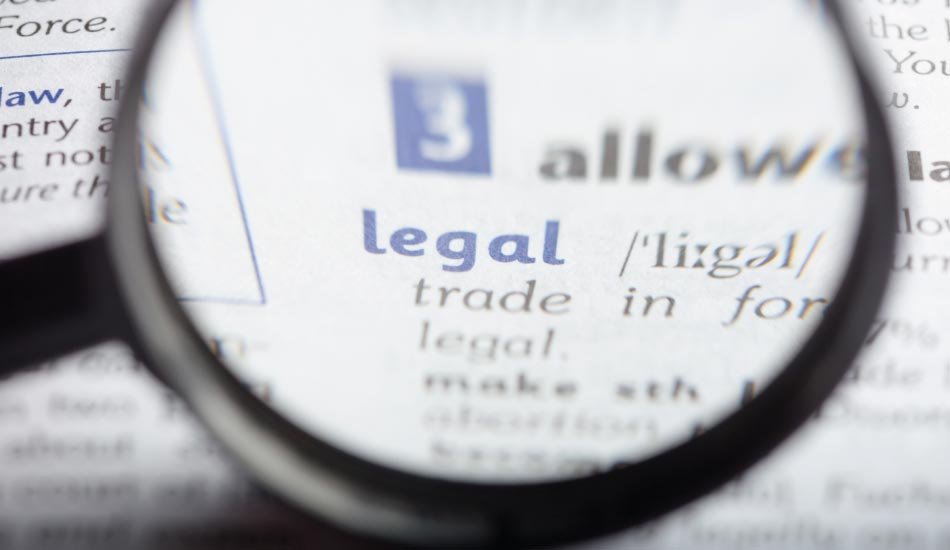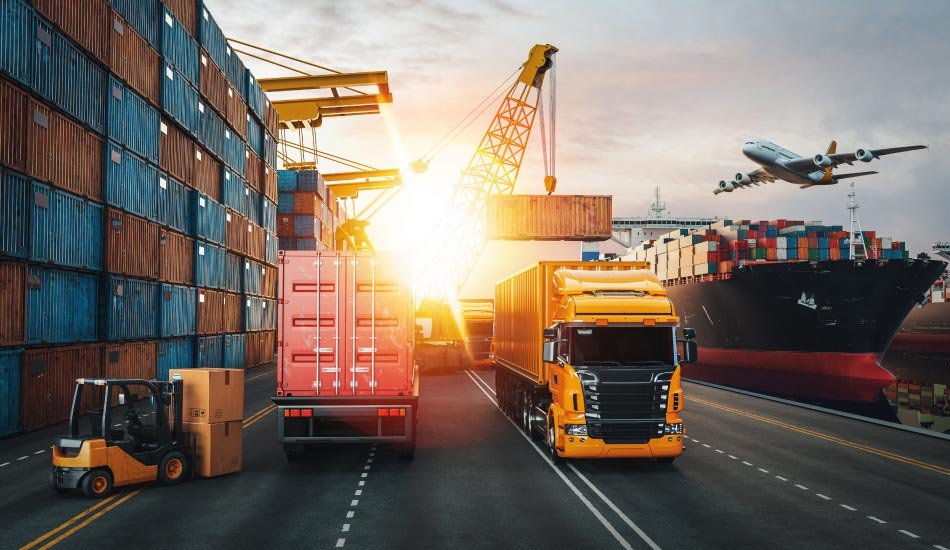essential steps to import coffee to your country: A comprehensive guide
Portada » essential steps to import coffee to your country
Importing coffee to your country can be a complex yet rewarding venture. To ensure a successful importation process, it’s crucial to follow essential steps to import coffee to your country. This comprehensive guide will take you through each step, from market research to sustainability considerations, providing you with the knowledge and tools necessary for a smooth and efficient importation experience.
Índice de contenidos
Introduction
- Brief description of the coffee importation process: Importing coffee involves several steps, including market research, sourcing suppliers, ensuring legal compliance, managing logistics, and marketing the product. It’s a detailed process that requires thorough planning and execution to ensure success.
- Importance of importing quality coffee: Quality is paramount in the coffee industry. Importing high-quality coffee not only satisfies consumer demand but also builds a strong brand reputation. Quality coffee can command higher prices and foster customer loyalty, making it a critical factor for long-term success.

Market research
- Analysis of demand in your country: Conduct surveys and analyze market reports to understand the demand for different types of coffee. Assess consumer preferences, such as the popularity of specialty coffee, single-origin beans, or organic coffee. Utilize data from industry reports and consult with local coffee shops and retailers to gauge the market potential.
- Identification of suppliers and coffee-producing countries: Research the top coffee-producing countries such as Brazil, Colombia, and Ethiopia. Evaluate potential suppliers based on their reputation, quality of coffee, and pricing. Attend trade shows and coffee expos to meet suppliers and taste their products. Consider factors like the origin of the coffee, the methods of cultivation, and the certifications held by the suppliers (e.g., Fair Trade, Organic).
Legal and regulatory aspects
- Necessary licenses and permits: Obtain the required licenses and permits for importing coffee. This includes import licenses, food safety certifications, and business registrations. Check with local regulatory authorities for specific requirements and ensure all necessary paperwork is in order before proceeding with imports.
- Regulations and quality standards: Familiarize yourself with your country’s import regulations and quality standards for coffee. Ensure compliance with health and safety standards, labeling requirements, and any specific import restrictions. Stay updated on changes in regulations to avoid potential legal issues. This might include understanding maximum residue limits (MRLs) for pesticides, packaging requirements, and acceptable levels of mycotoxins.

Sourcing and selecting suppliers
- Criteria for choosing reliable suppliers: Look for suppliers with a proven track record of delivering high-quality coffee. Consider factors such as certifications (e.g., Fair Trade, Organic), production capacity, and reliability. Research supplier reviews and ratings, and seek recommendations from industry contacts. Conduct due diligence by visiting supplier facilities to ensure they meet your standards.
- Establishing relationships with suppliers: Build strong relationships with suppliers through effective communication, regular visits, and establishing long-term contracts. This helps in ensuring a consistent supply of coffee and better negotiation terms. Develop trust by being transparent about your expectations and providing timely feedback. Consider collaborating on initiatives that benefit both parties, such as sustainability projects or quality improvement programs.

Logistics and transportation
- Choosing the right transportation method: Decide on the most suitable transportation method for importing coffee, such as air freight, sea freight, or land transport. Consider factors like cost, speed, and reliability. For large shipments, sea freight is often more cost-effective, while air freight may be preferred for smaller, urgent consignments. Evaluate the pros and cons of each method based on your specific needs.
- Handling customs and import duties: Understand the customs procedures and import duties applicable to coffee in your country. Ensure all necessary documentation, such as invoices, packing lists, and certificates of origin, are in order to facilitate smooth customs clearance. Work with experienced customs brokers to navigate the complexities of the import process and to minimize delays and additional costs.

Quality control
- Ensuring the coffee meets quality standards: Implement strict quality control measures to ensure the imported coffee meets your country’s quality standards. This includes inspecting the coffee upon arrival and conducting laboratory tests if necessary. Develop a quality assurance protocol that includes sampling, sensory evaluation, and chemical analysis. Collaborate with third-party labs for unbiased testing results.
- Inspection and testing procedures: Establish procedures for regular inspection and testing of coffee shipments. This helps in identifying any quality issues early and taking corrective actions to maintain the quality of the coffee. Document and track quality metrics to identify trends and areas for improvement. Utilize technology, such as blockchain, to enhance traceability and transparency in the supply chain.
Marketing and distribution
- Strategies for marketing imported coffee: Develop effective marketing strategies to promote your imported coffee. This can include branding, social media marketing, and participating in trade shows or coffee expos. Create a compelling brand story that highlights the origin and unique qualities of your coffee. Engage with customers through content marketing, showcasing brewing tips, coffee recipes, and the benefits of your coffee.
- Distribution channels and sales strategies: Identify the most effective distribution channels for your coffee, such as wholesale, retail, online sales, or coffee shops. Develop sales strategies that cater to your target market. Build partnerships with local retailers, coffee shops, and online marketplaces to expand your reach. Consider offering samples or hosting tasting events to introduce your coffee to potential customers.

Cost analysis and budgeting
- Estimating costs involved in importing coffee: Calculate all the costs associated with importing coffee, including purchase price, shipping, customs duties, and storage. This helps in setting a competitive pricing strategy. Use financial modeling to project profitability and assess the financial viability of your importation business. Include costs for marketing, distribution, and quality control in your budget.
- Budgeting for unforeseen expenses: Allocate a budget for unforeseen expenses such as delays in shipping, changes in customs regulations, or fluctuations in coffee prices. This helps in managing financial risks effectively. Maintain a contingency fund to cover unexpected costs and ensure business continuity.

Sustainability considerations
- Ethical sourcing and fair trade practices: Ensure your coffee is sourced ethically by choosing suppliers who follow fair trade practices. This supports sustainable farming and provides fair wages to farmers. Highlight your commitment to ethical sourcing in your marketing materials to appeal to socially-conscious consumers. Partner with organizations that promote fair trade and sustainability in the coffee industry.
- Environmental impact of coffee importation: Consider the environmental impact of your importation process. Implement practices to reduce carbon footprint, such as choosing eco-friendly packaging and supporting reforestation projects. Invest in sustainable logistics solutions, such as carbon offset programs and energy-efficient transportation methods. Educate consumers on the environmental benefits of choosing sustainably sourced coffee.

Conclusion
- Recap of the essential steps: Summarize the key steps involved in importing coffee to your country. Highlight the importance of each step in ensuring a successful importation process. Reinforce the value of thorough planning, diligent execution, and continuous improvement in the importation business.
- Encouragement to start the importation process: Encourage potential importers to take the first step in their coffee importation journey, emphasizing the rewards and opportunities in the coffee industry. Share success stories and case studies to inspire confidence and motivation. Offer practical advice and resources to help newcomers navigate the challenges of coffee importation.
Interested in our premium coffee?
Contact us
For inquiries and requests regarding our premium coffee products, please send us your feedback and comments by simply filling out the form linked on our Contact Us page or via WhatsApp. Our team will get in touch with you to address your query.


